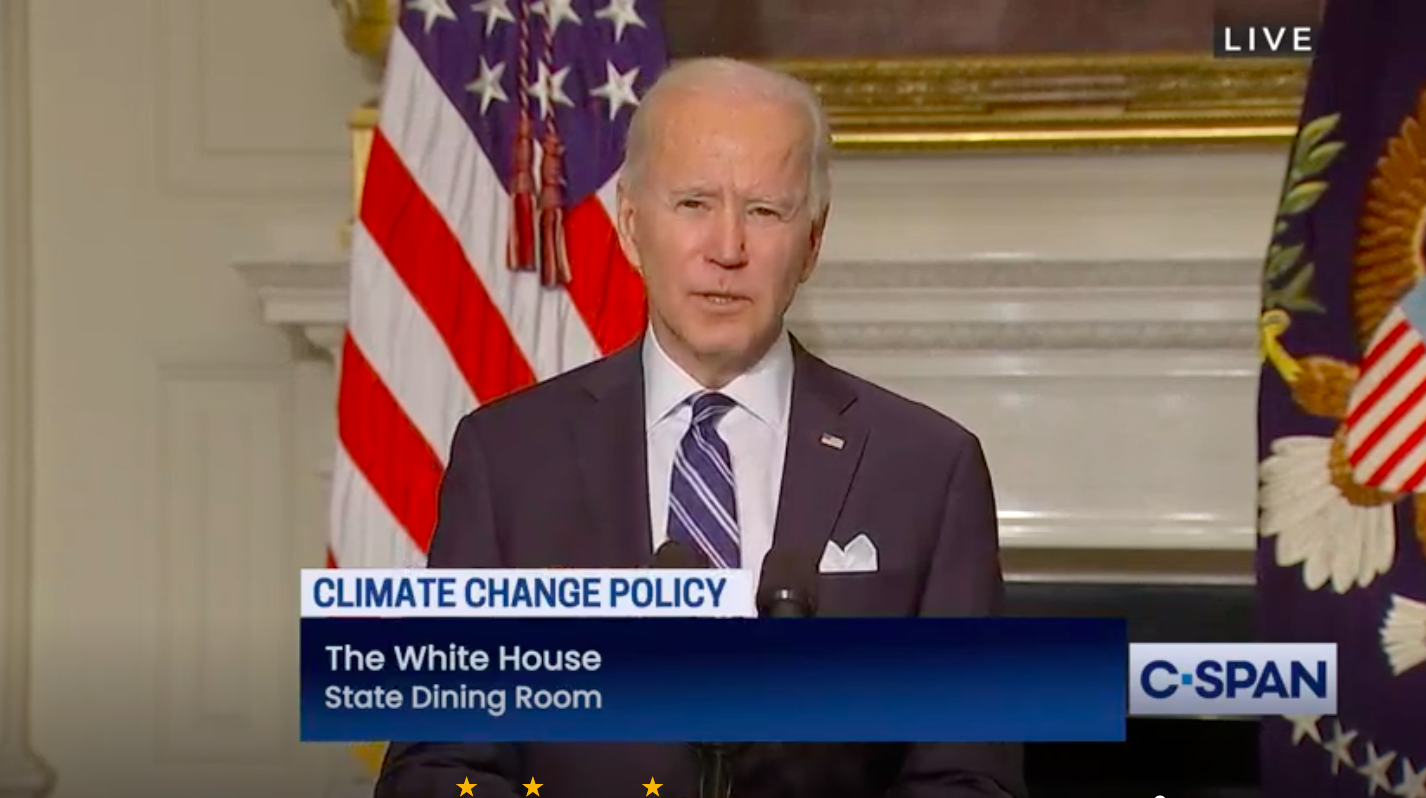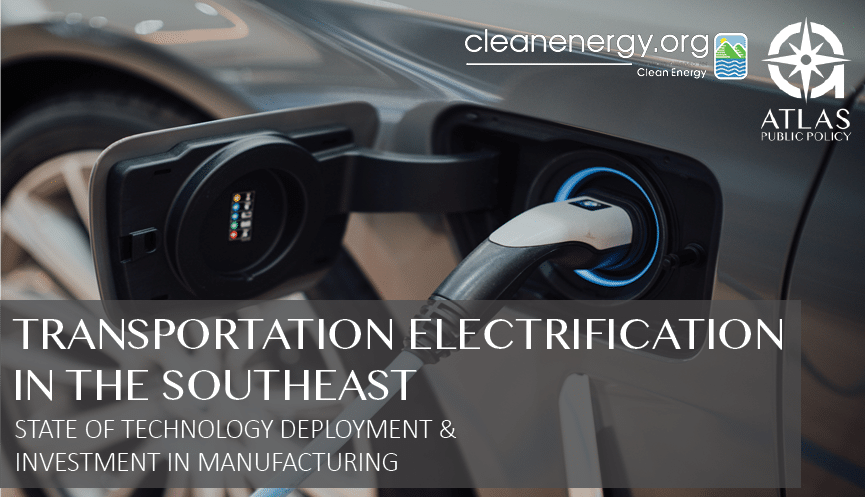In his first week in office, President Biden signed a series of executive orders aimed at tackling the climate crisis through economic recovery by strengthening American manufacturing and addressing environmental justice. Today’s Tackling the Climate Crisis at Home and Abroad order, “directs the federal agencies to procure carbon pollution-free electricity and clean, zero-emission vehicles to create good-paying, union jobs and stimulate clean energy industries.”

During comments about the Made in America order earlier in the week, Biden said “the federal government also owns an enormous fleet of vehicles, which we’re going to replace with clean, electric vehicles made right here in America by American workers, creating millions of jobs — a million autoworker jobs in clean energy — and vehicles that are net-zero emissions.”
This would be a tremendous accomplishment. There were 645,000 vehicles in the federal government’s fleet in 2019 according to the General Services Administration. This includes 245,000 civilian vehicles, 173,000 military vehicles, and 225,000 post office vehicles.
Requiring procurement of electric vehicle fleets powered by clean energy and rewriting the Made In America requirements are two powerful levers the president has that do not require the backing of Congress.
Setting ambitious federal procurement goals coupled with the intent of the Made in America executive order, aligning specifications to ensure job creation, and removing tax incentives that drive manufacturing overseas, may be the right trifecta to rebuild America’s global auto-making dominance at this pivotal transportation electrification moment.

There were no details specifying which of the more than 600,000 U.S. government fleet vehicles would be targeted nor replacement timelines for those vehicles.
In December we published a blog Looking ahead: What climate and energy actions might we see in 2021? Early evidence based on pace the administration is taking to address the climate crisis as well as the priority (rejoining the Paris agreement on day 1) indicate there may be plenty more action to come. We remain committed to tracking these developments and keeping our members informed via this blog, so stay tuned.


